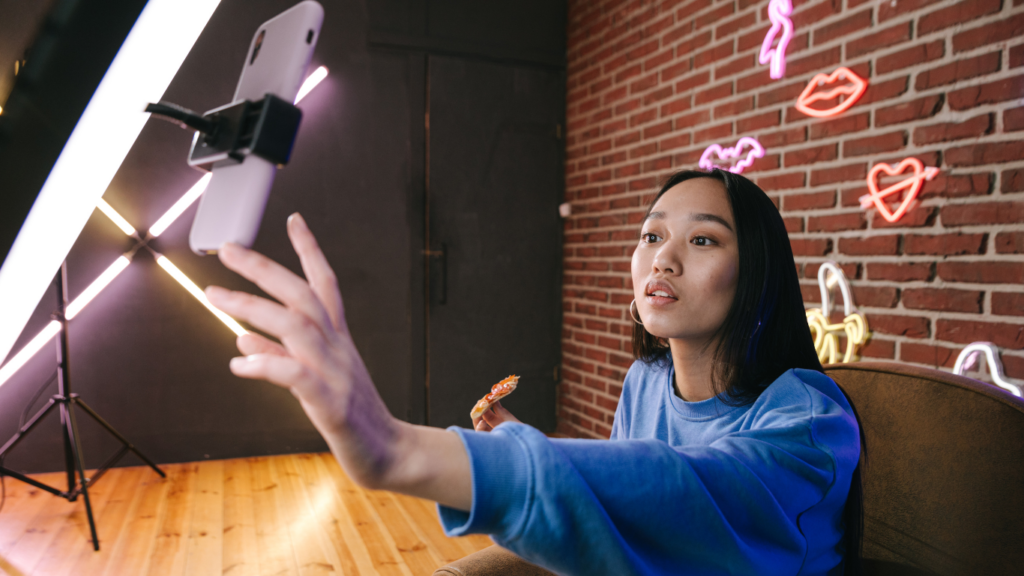Understanding Influencer Marketing
Influencer marketing involves partnerships between brands and individuals with significant online followings. These individuals, known as influencers, promote products or services to their audiences. Influencers typically have specialized knowledge, authority, or insight into a particular subject, which makes their endorsements valuable to followers.
Influencers are categorized based on their reach and engagement rates. The main categories are:
- Mega-Influencers: These are individuals with millions of followers. Examples include celebrities like Kim Kardashian and Taylor Swift.
- Macro-Influencers: These influencers have between 100,000 to 1 million followers. They often include well-known bloggers and thought leaders in specific niches.
- Micro-Influencers: Individuals with 1,000 to 100,000 followers. Examples are everyday content creators focusing on niche interests like beauty tutorials or tech reviews.
- Nano-Influencers: Influencers with fewer than 1,000 followers. They typically have highly engaged audiences within very specific niches.
Influencer marketing can yield significant returns when executed correctly. Influencers offer authenticity and relatability, key factors for successful marketing in today’s digital landscape. This form of marketing often drives higher engagement rates compared to traditional advertising methods.
Brands leveraging influencer marketing should focus on finding influencers whose audience aligns with their target demographic. A well-matched influencer-brand partnership often results in higher trust and conversion rates. Data-driven strategies can pinpoint the most effective influencers by analyzing metrics such as engagement rates, audience demographics, and past campaign performances.
By understanding these core elements, brands can effectively utilize influencer marketing to achieve their promotional goals.
Rise of Micro-Influencers
Micro-influencers, those with 1,000 to 100,000 followers, are gaining traction in the influencer marketing landscape due to their high engagement rates and niche authority.
Definition and Importance
Micro-influencers are individuals with smaller, yet highly engaged, followings within specific niches. Their content resonates more authentically with their audience than macro or mega influencers. This makes partnering with micro-influencers vital for brands targeting niche markets. These influencers lend a sense of credibility and trust that broader audiences might find lacking in larger influencers.
Benefits Over Macro-Influencers
Micro-influencers offer several benefits over macro-influencers. First, they foster higher engagement rates; brands often see better interaction on posts. Second, they usually cost less than macro-influencers, making them accessible even for smaller businesses. Third, their content often appears more genuine and relatable, enhancing trust among followers. Finally, working with multiple micro-influencers can provide diverse content and reach different segments of the target market, maximizing campaign impact.
Video Content Dominance

Video content remains a dominant force in influencer marketing. It captivates audiences, delivers messages effectively, and enhances engagement.
Popular Platforms
Instagram thrives with Stories, Reels, and IGTV supporting influencer content. YouTube offers long-form videos, making it ideal for product reviews and tutorials. TikTok excels in short, engaging clips, often going viral. These platforms host diverse influencer content, reinforcing brand messages and driving consumer actions.
Engaging Formats
Live streams allow real-time interaction, enhancing viewer engagement. Unboxing videos showcase product features and build anticipation. Tutorials and how-tos provide value, establishing influencer credibility. Vlogs offer a peek into influencers’ lives, creating relatable content. Incorporating these formats can significantly boost brand visibility and audience connection.
Authenticity and Transparency
Authenticity and transparency have become crucial elements in influencer marketing. Brands and influencers are prioritizing genuine connections with audiences.
Influencer-Brand Partnerships
In influencer-brand partnerships, authenticity is paramount. Audiences engage more with influencers who genuinely use and believe in the products they promote. Brands now seek long-term collaborations to foster trust and credibility. Short-term deals often appear inauthentic, leading to skepticism among followers.
For example, a beauty brand may partner with a skincare influencer who already uses their products. This pre-existing relationship ensures the content feels natural and genuine. Influencers who transparently disclose partnerships also build trust, making their endorsements more relatable.
Consumer Trust Factors
Consumer trust heavily depends on transparency. Influencers must clearly disclose sponsored content to maintain their followers’ confidence. The Federal Trade Commission (FTC) guidelines mandate such disclosures to prevent misleading audiences.
Trust factors include the influencer’s honesty about product reviews and experiences. Authentic feedback, even if it includes constructive criticism, strengthens their credibility. For example, an influencer’s candid review of a new tech gadget where they both praise its features and point out its flaws can enhance their reliability and connection with their followers.
By emphasizing these trust factors, influencers can maintain and grow their loyal audience base.
Data-Driven Strategies
Data-driven strategies are transforming influencer marketing, enabling brands to make informed decisions and maximize their return on investment (ROI). Leveraging analytics tools and effectively measuring campaign success ensures brands can refine their approaches and drive impactful outcomes.
Analytics Tools
Analytics tools play a crucial role in influencer marketing by providing insights into performance metrics. These tools, like Google Analytics, Hootsuite, and Socialbakers, track key indicators such as engagement rates, follower growth, and audience demographics.
- Google Analytics – Tracks user behavior on brand websites, measures referrals from influencer posts, and calculates ROI.
- Hootsuite – Monitors social media engagement, schedules posts, and offers reports on influencer content performance.
- Socialbakers – Provides competitive analysis, audience insights, and social media performance metrics.
Using these tools, marketers can determine which influencers drive the most engagement and align best with their target audience. Data visualization features assist in making data-driven decisions, enhancing the precision of campaigns.
Measuring Campaign Success
Measuring campaign success involves analyzing several data points to evaluate the effectiveness of influencer collaborations. KPIs (Key Performance Indicators) offer a structured approach:
- Engagement Rates – Includes likes, comments, shares, and click-through rates. Higher engagement often indicates successful audience connection.
- Conversion Rates – Measures the percentage of followers who take a desired action, such as making a purchase or signing up for a newsletter, after engaging with influencer content.
- Audience Growth – Tracks any increase in followers or subscribers as a direct result of influencer partnerships. This metric highlights the influencer’s ability to attract new audiences to the brand.
- ROI (Return on Investment) – Assesses the financial returns from the campaign compared to the money spent. This metric is critical for determining the overall value of influencer collaborations.
By consistently analyzing these KPIs, brands can adapt their strategies, identify high-performing influencers, and improve future campaign effectiveness. Data-driven strategies ensure that influencer marketing efforts are not only impactful but also sustainable in the long term.
Emerging Technologies
Emerging technologies are rapidly changing the landscape of influencer marketing. AI and machine learning, among others, are opening up new possibilities.
AI and Machine Learning
AI and machine learning have significantly impacted influencer marketing. These technologies analyze large datasets to identify suitable influencers based on engagement rates, audience demographics, and content relevance. For example, AI tools like Influencity and Heepsy provide in-depth analytics, helping brands select the best influencers for their campaigns.
AI also aids in crafting personalized content. Machine learning algorithms analyze audience preferences, allowing influencers to tailor their content to better resonate with their followers. This enhances engagement and improves campaign outcomes.
Virtual Influencers
Virtual influencers have emerged as a unique trend in influencer marketing. These computer-generated characters, such as Lil Miquela and Shudu, amass large followings on social media platforms. Brands use virtual influencers for campaigns due to their controlled brand image and consistent performance.
One major advantage of virtual influencers is their ability to avoid human limitations. They aren’t subject to scandals or negative publicity, ensuring brand safety. Additionally, they provide creative freedom, allowing brands to execute unique and imaginative campaigns.
These emerging technologies are transforming the influencer marketing space, offering tools and opportunities to enhance engagement, reach new audiences, and maintain brand integrity.



